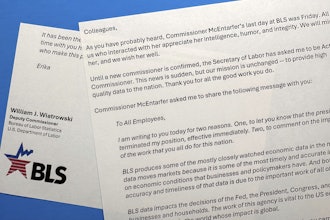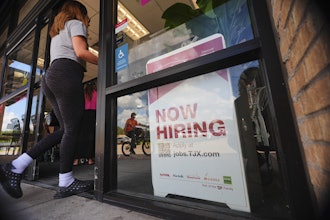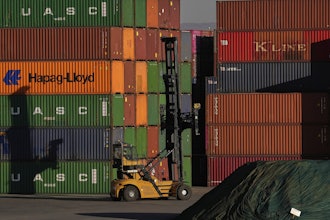
Over the past few years, the labor acquisition and retention landscape has undergone a seismic shift, with more than 47 million workers quitting their jobs in the U.S. in 2021 alone. This trend has significant implications for the supply chain industry, where labor shortages can impact operations at every level. From outsourced providers such as contract packagers and manufacturers to consumer goods companies managing supply chain and operations, labor constraints can reduce the capacity and flexibility of a consumer brand’s external network, hindering its ability to meet retailer expectations and fulfill customer demands.
The Value of Digital Supply Chain Solutions
Labor shortages are just one reason why consumer brands and their trading partners are increasingly turning to digital solutions that can help organizations reduce their reliance on human labor and maximize operational efficiency. New supply chain technologies can deliver value in a wide range of areas, including the automation of tedious manual tasks; uncovering data-based insights for operational improvement; and leveraging AI-assisted technologies that provide recommendations for further improving efficiency.
Today's emerging supply chain platforms help companies achieve supply chain maturity and success by the data and tools needed to optimize operational efficiency, enhance customer experience, and make better business decisions.
The implementation of automation and artificial intelligence (AI) technologies can help further mitigate the impact of labor shortages on the supply chain. For example, outsourced strategic service providers such as co-packers and contract manufacturers are turning to data automation systems which can reduce labor costs by streamlining shop floor workflows and minimizing errors in manual processes.
Furthermore, AI algorithms can drive agility and efficiency into supply chain operations by providing recommendations for demand forecasting, inventory management, and route optimization. With AI, companies can make data-driven decisions that help maximize productivity, reduce costs, and improve overall performance.
Are People Still Necessary?
While automation and AI technologies can boost efficiency in supply chain operations, there are always going to be roles and tasks that require human judgment, creativity, and problem-solving skills. Complex decision-making, innovation and creativity, adaptability, and emotional intelligence are essential traits for customer service, conflict resolution, and personnel management. Moreover, human-driven strategic decisions can maximize labor acquisition and retention efforts, such as setting up plants in underdeveloped areas to bring jobs to communities with high unemployment rates, and making the workplace welcoming and supportive of women and minorities.
The optimal solution takes the best from both worlds: a combination of talented people relying on dependable, modern, solutions-focused software platforms. A strong supply chain software partner can enable teams to optimize operations by obsoleting manual processes and providing data-enabled visibility across an enterprise’s network of vendors, customers, and trading partners to help make optimal, intelligence-driven decisions.
With the help of a digital supply chain solution, companies can mitigate the impact of labor shortages on the supply chain, reduce labor costs, and improve overall efficiency.
Today’s labor shortage continues to have significant implications for the supply chain industry, with labor constraints reducing network capacity and flexibility. However, automation and AI technologies can help mitigate the impact of labor shortages on the supply chain by reducing labor costs, improving efficiency, and enabling data-driven decision-making. Moreover, human-driven strategic decisions can maximize labor acquisition and retention efforts, making the workplace welcoming and supportive of women and minorities, and offering continuous education and development opportunities.
The optimal solution is a combination of talented people relying on dependable, modern, and solutions-focused software platforms. With the help of a digital supply chain solution, companies can overcome labor shortages and achieve long-term supply chain maturity and success.





















